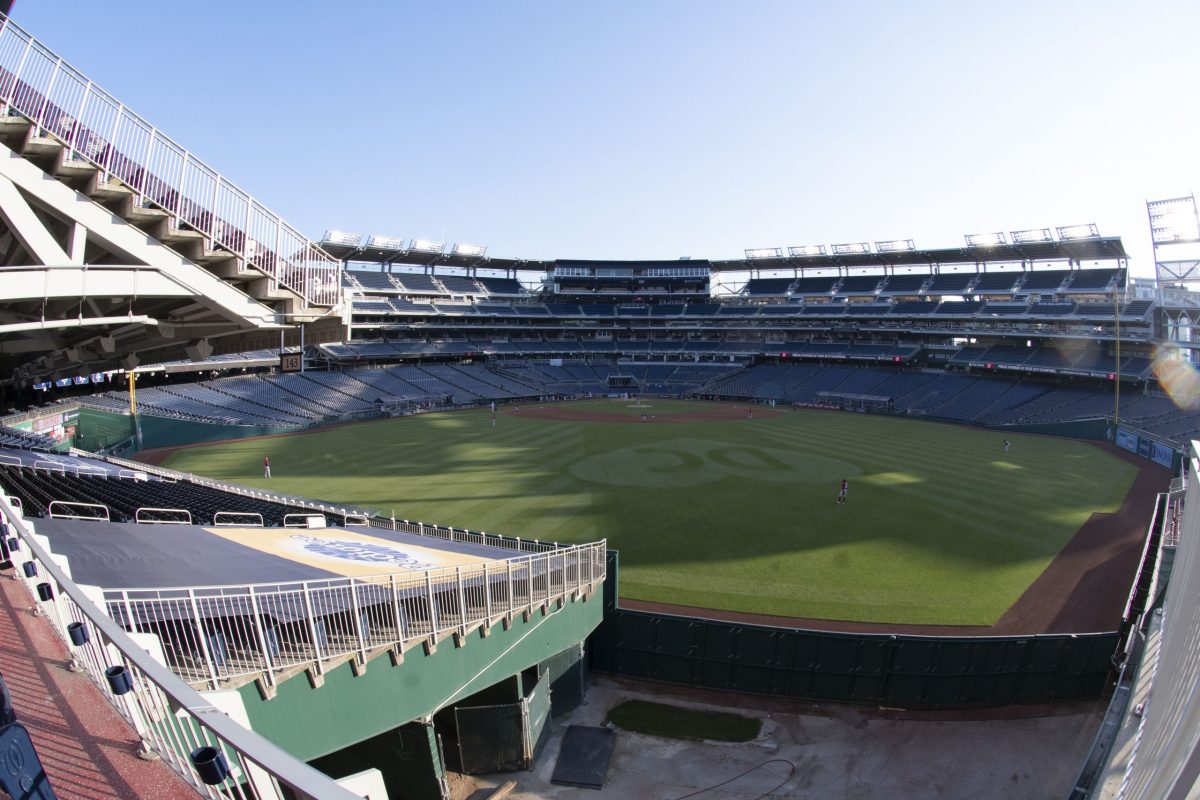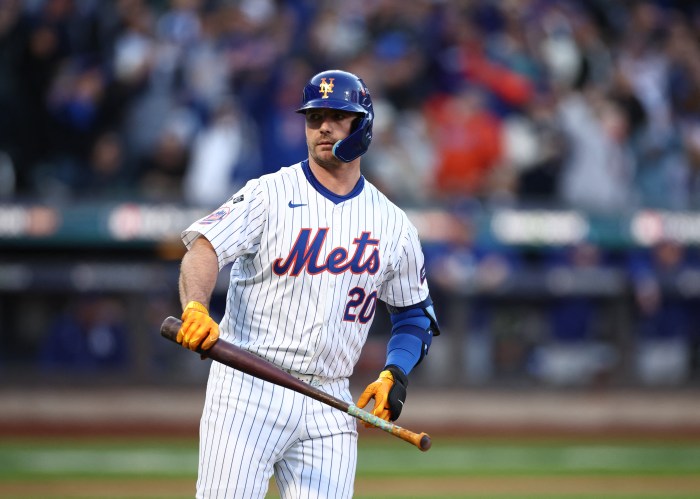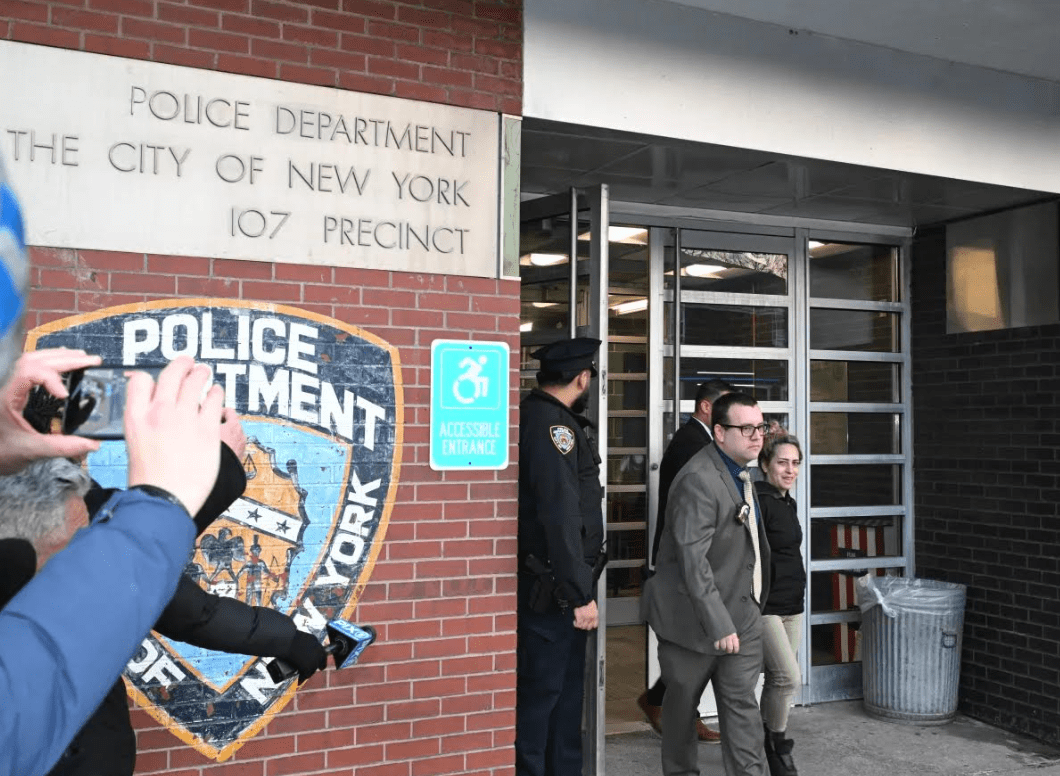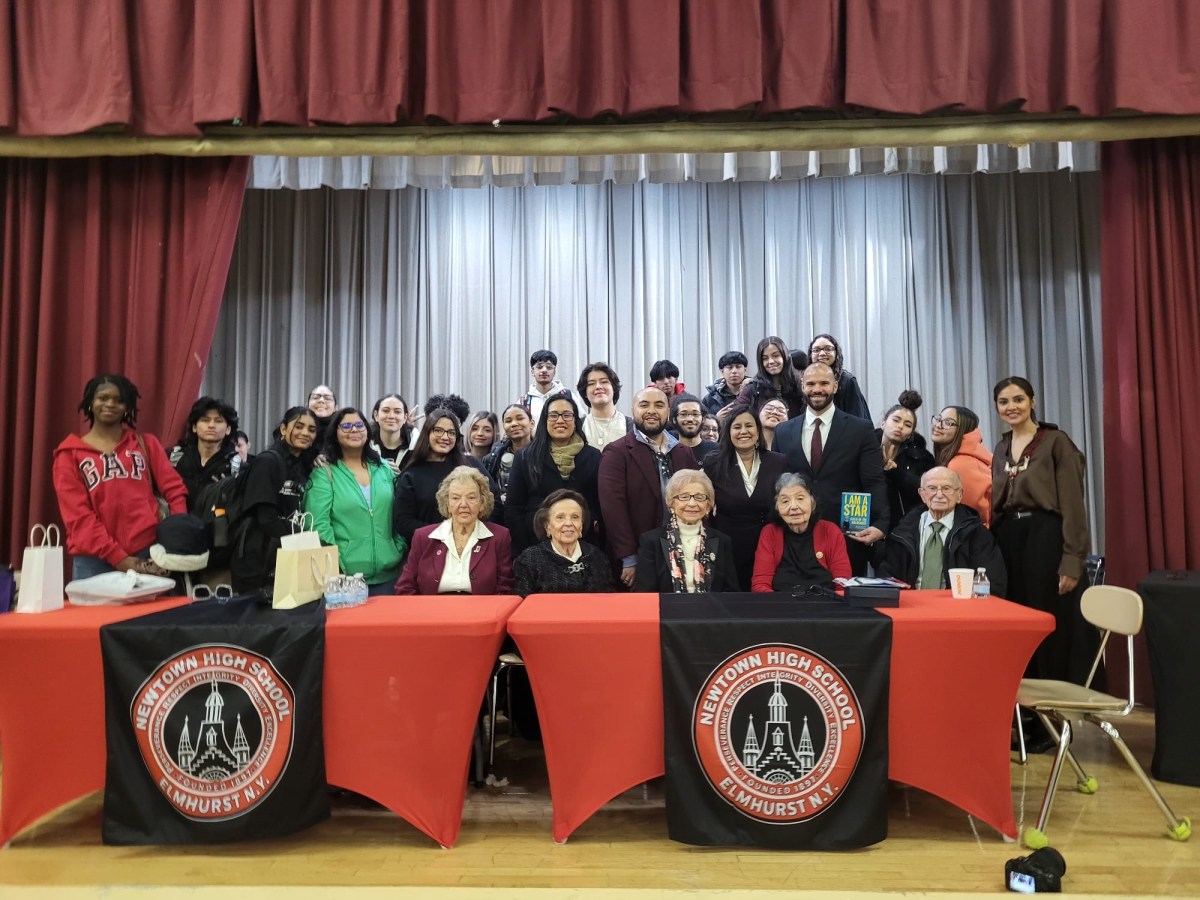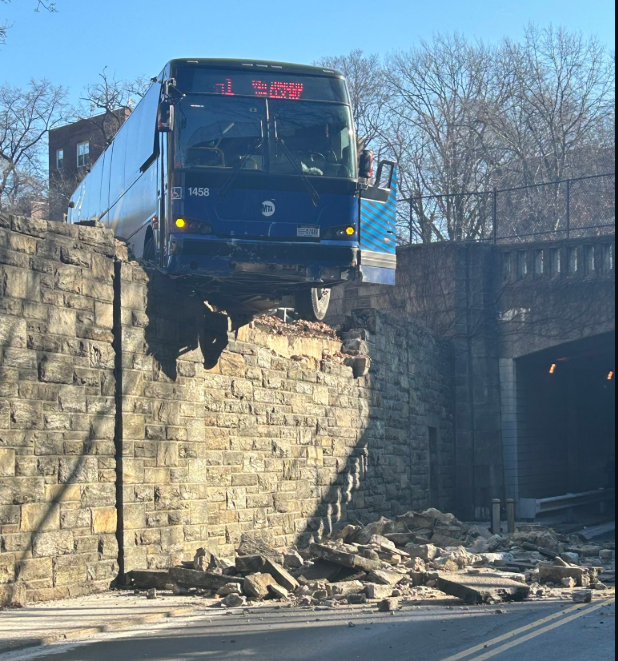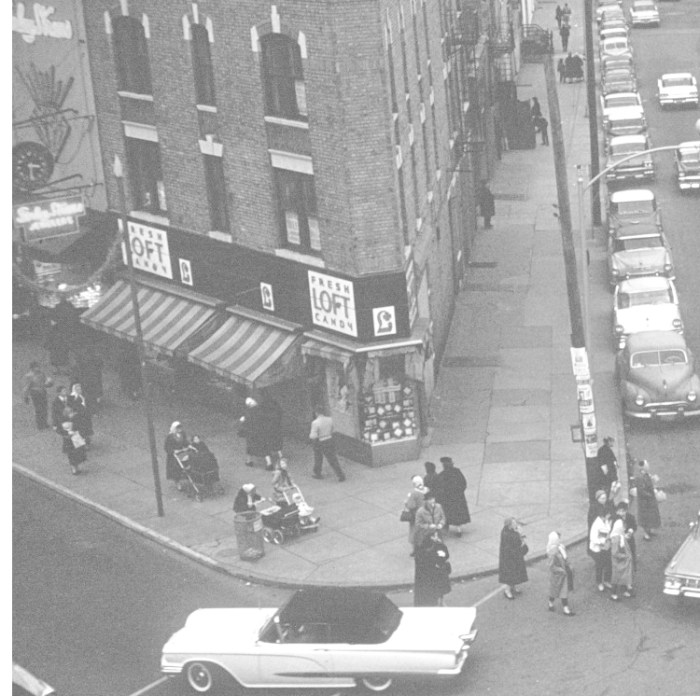Don’t let the return of Major League Baseball distract you from the fact that America’s so-called Pastime couldn’t care less about its fans.
Saturday evening saw the Philadelphia Phillies and Washington Nationals play the first competitive game of baseball that pitted two different teams against each other for the first time in four months.
For many Americans, it was the first real semblance of normalcy in what has been an Orwellian dystopia amid the coronavirus pandemic; the reason why we’ve had to wait so long just to see another exhibition game and why there won’t be any fans at ballparks this summer.
Yet nobody could see it.
The game wasn’t televised in the nation’s capital, meaning fans of both teams couldn’t click on their TVs in their clubs’ home cities to watch the thing they’ve been craving for so long.
On a night of three exhibition games — the very first game of the evening — whose first pitch signaled a small national triumph of getting back in the face of a pandemic, it wasn’t nationally televised.
The very first worthwhile action from a North American “Big 4” sports league since March 12: Blacked out.
Once again, another sizable moment Major League Baseball could have capitalized on was left beckoning — and not for the first time this summer either at the expense of the fans.
Baseball had a chance to monopolize the sports schedule this summer, setting a return date around July 4 weekend. For a league that lagged behind the NFL and NBA in popularity for decades now, it was the perfect tonic.
And what better way to celebrate a bruised and battered United States by welcoming back one of its greatest inventions?
Instead, the well-documented, nauseating negotiations between the players’ union and the league pushed the start of a 60-game schedule back to July 23. All for a fistful of dollars.
Meanwhile, average Americans are left to scrape through a pandemic that has impacted almost every aspect of every-day life.
It was tone-deaf from MLB then, and somehow, their proverbial hearing has gotten even worse.
Despite playing just a 60-game season, the league’s television and broadcast blackout rules will still apply.
So instead of making games more accessible to the public after a summer that has only provided black eyes for the reputation of the game, MLB is still requiring fans to pay expensive subscriptions to regional broadcast networks or their own streaming service.
For example, if a Mets fan in New York doesn’t have cable but drops $60 for a 60-game season on MLB.tv — the league’s official streaming service — he or she would not be able to watch the Mets because the local station, SNY, owns the broadcast rights.
If you lived in Oklahoma, though, you could watch the game with no issues.
The logic is flawed and MLB’s actions reek of greed through all of this. By this model, they’ll never break their way into the conversation of America’s most popular sports league.
They deserve to never be near that talk, either.
After all, what does it say about Major League Baseball when the cardboard cutouts of fans at the empty ballparks are treated better than the actual viewers themselves?



